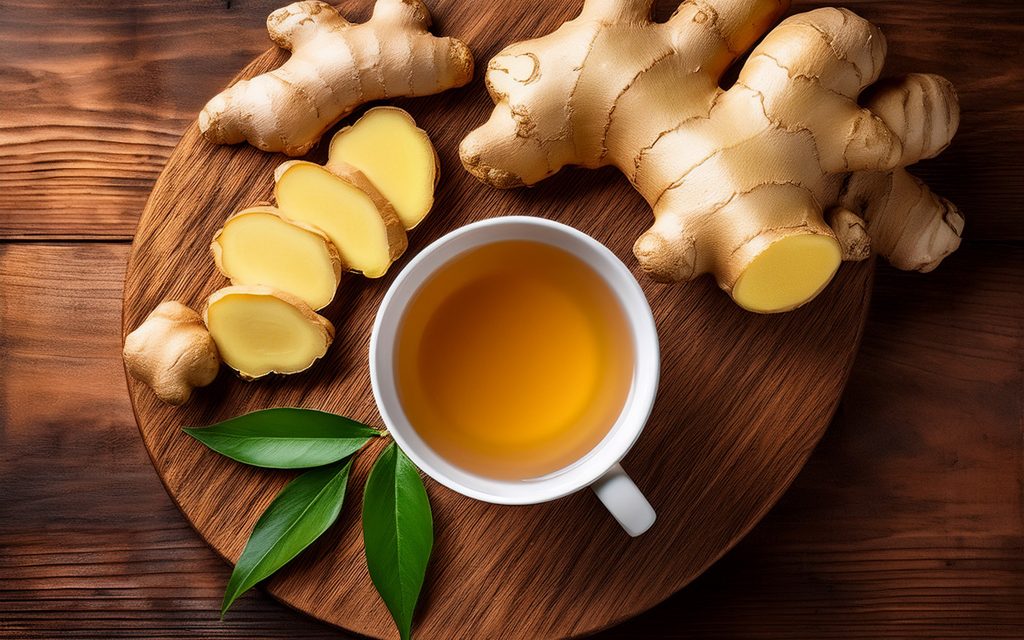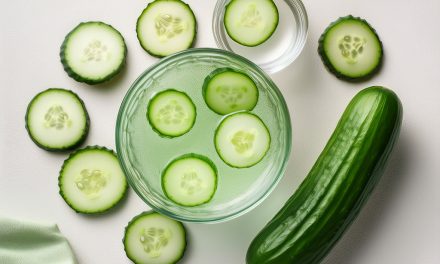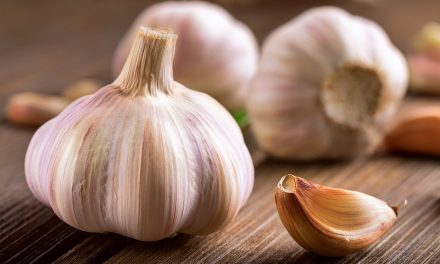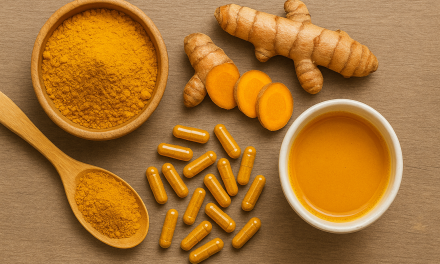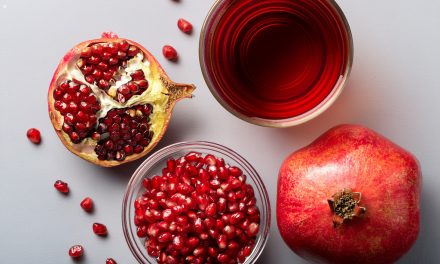What is Ginger?
Ginger is that knobbly golden root you find in the market — a culinary and medicinal gem that adds zing to tea, warmth to stir-fries, and sweetness to cookies. Its earthy spice has been treasured for thousands of years.

Scientific Name
The official name is Zingiber officinale — a proud member of the Zingiberaceae family, sharing roots (literally!) with turmeric and cardamom.
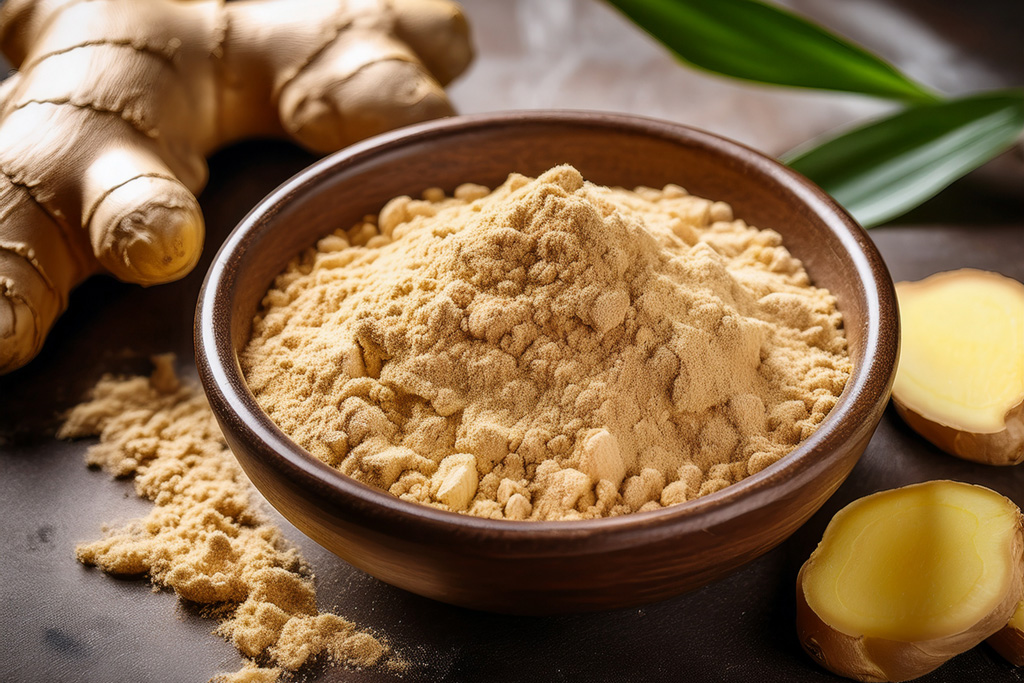
Common Forms
You’ll find ginger as fresh whole roots, sliced or grated, dried and ground into powder, pickled pink for sushi, candied for snacks, or steeped as tea. Ginger oil and extract are popular in natural remedies too.
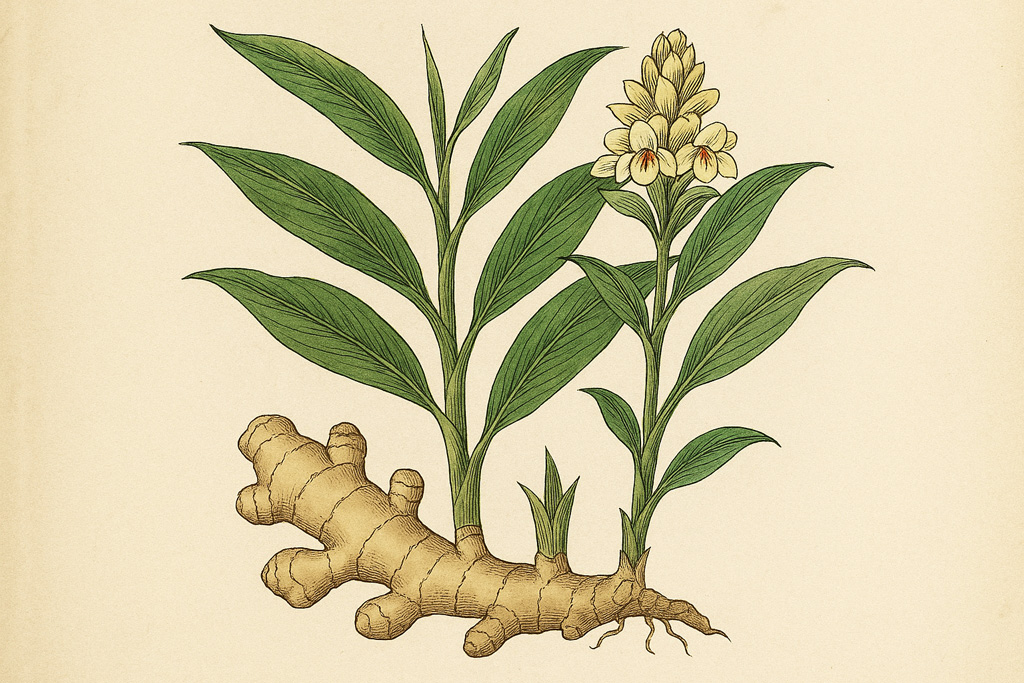
Where Did Ginger Come From?
Ginger originated in Southeast Asia and was quickly embraced in India and China. Traders carried it along ancient spice routes to the Middle East and Europe. By medieval times, ginger was so valuable it was worth its weight in livestock!

A Bit of History
Romans and Greeks adored ginger, and it became a kitchen staple in Europe during the Middle Ages. Gingerbread was a royal treat in England. Sailors packed ginger root to fight off scurvy, giving this spicy rhizome a long legacy at sea.
Health Benefits
Ginger is famous for soothing nausea, helping digestion, and warming the body. It’s full of antioxidants and has anti-inflammatory properties — that’s why a cup of ginger tea is the go-to for sniffles or travel sickness.
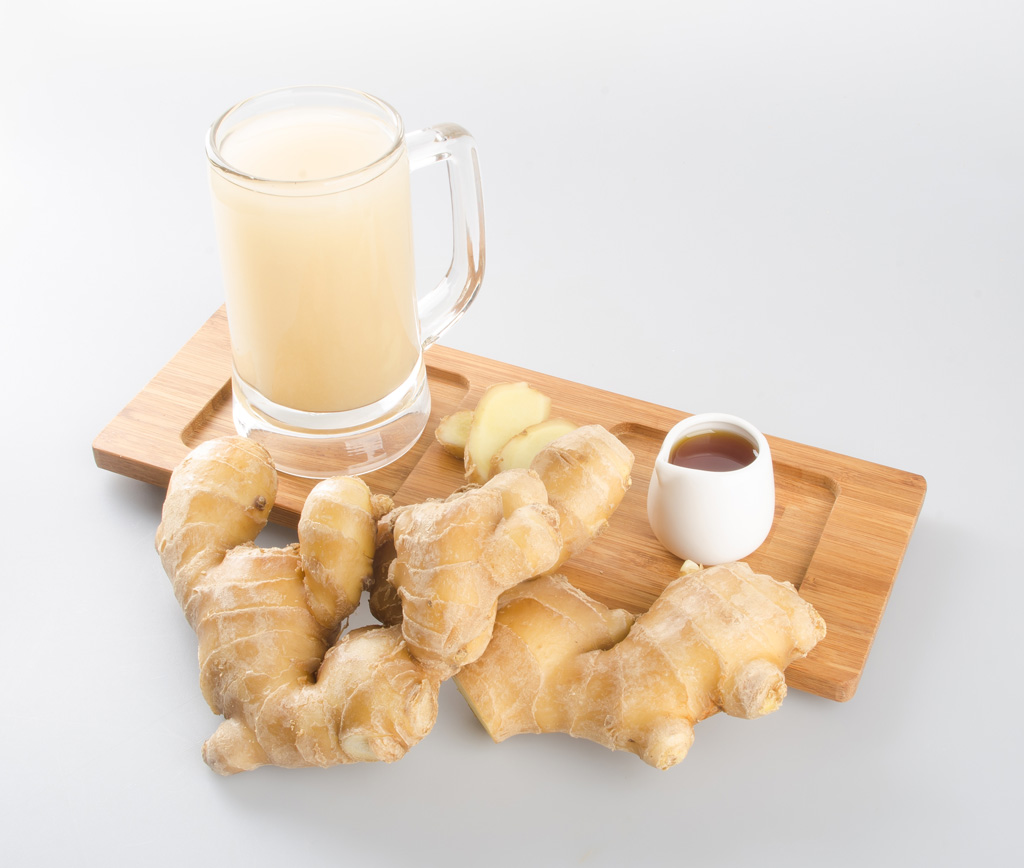
Traditional Uses
Traditional healers have brewed ginger tea to fight colds, made ginger poultices for sore muscles, and used ginger slices to calm queasy stomachs for centuries.

Modern Uses
These days, ginger appears in everything — trendy turmeric-ginger shots, lattes, stir-fries, baked goods, candies, skincare, balms, and even hair products.
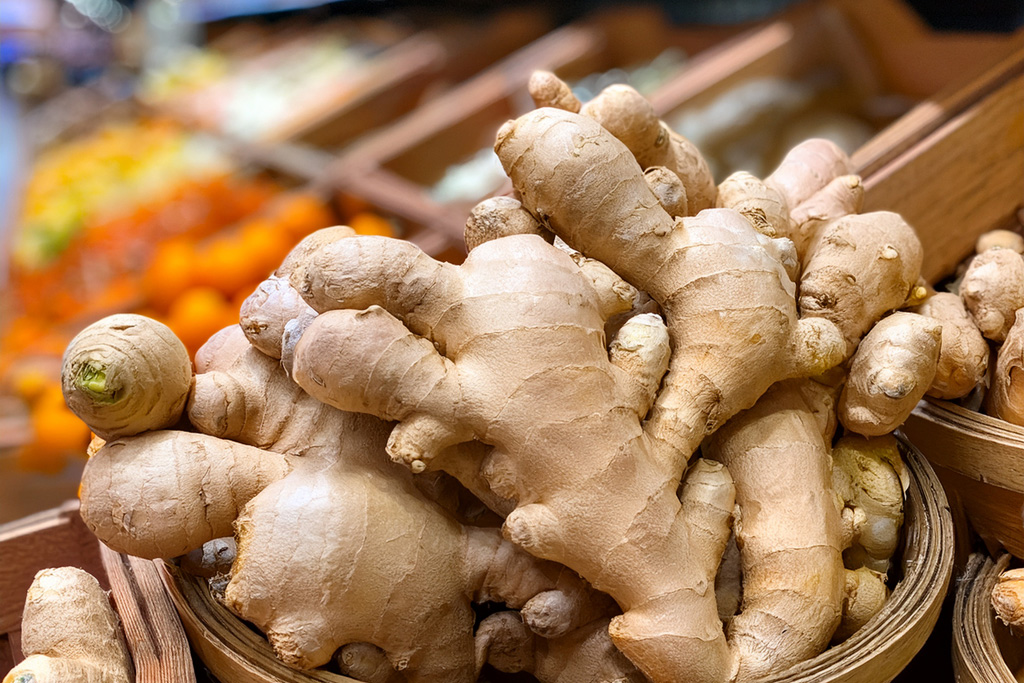
Medical Uses
Modern medicine backs ginger’s power for easing nausea, morning sickness, and travel sickness. Some research shows it may help with mild pain relief and digestive support too.


